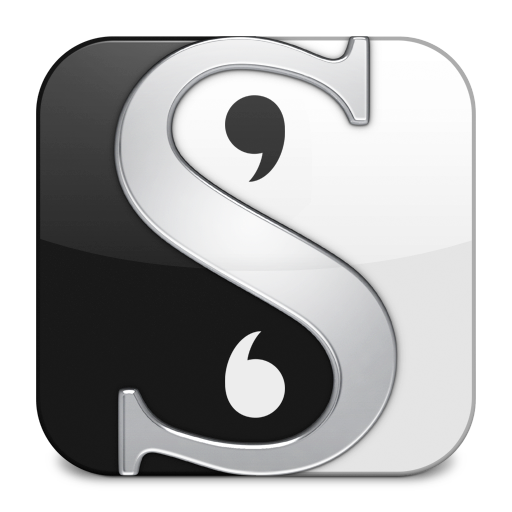We are nearing the end of Nano and I am behind – so, so very behind.
I am about 10K behind on my word count, I am writing this blog post about a week late and I don’t even want to start on the state of my living room. Chores are for December.
So far, so unsurprising – this just happens to be how I do Nano.
Every year, I try to keep on top of my word count and every year, I end up with stats going up in a very gentle slope for the first three weeks, and shooting up madly in the last ten days or so.
Last year was the first time that I lost in four years, so my main goal for this year is to win and I think I’m definitely on track despite being behind. I’ve got some time off work and I’m at a really exciting part of the story, so it shouldn’t be too hard to catch up.
So despite the Nano stats telling me I need another 3,176 words a day to finish on time, I’m quite happy with how this year is going so far. There are several things I’m especially happy with:
There have only been two days this year when I didn’t write anything (the weekday Mid-Month and Thanksgiving). In previous years, I’ve have had a lot more days off than that and writing every day has always been one of my goals for Nanowrimo.
I’ve stuck to my story even when I thought it really wouldn’t work out. In previous Nanos, I have: gone back and forth between English and French, switched story mid-way through, killed off the MC to make up the last few thousand words, written about five different beginnings, etc… This year is actually the first time I’ll end up with a story that has a beginning, a middle and an end – I may not get to the end of the story in November, but I’ll be a damn sight closer to an actual first draft than I’ve ever been before.
I’ve also really enjoyed writing these blog posts, even though I’ve find it really challenging at times to fit writing them around writing my novel. The blog posts may not be much, but they’re a few more hundred words to get out that don’t count for my word count, and I don’t normally write any more than 50K in November (I’ve validated between 50,000 and 50,500 on November 30st all three of my winning years).
I’m so, so happy with how NanoRilla went! Some of the locations we stopped at this year (the Millenium Bridge, the Globe) were actually spots we had been hoping to use in the past few years and didn’t manage to. I also managed to write more than 2,000 words during the whole afternoon, which I was so impressed with – I write really slowly and NanoRilla usually means sacrificing words for the fun of traipsing around London with other awesome Wrimos and getting weird looks from tourists. No so this year! People were awesome, tourists were weirded out and I wrote lots.
Finally, if you were at the Lock-In on Saturday night, how crazy was it? I am so impressed with how many people we managed to fit inside of the Big Green Bookshop. Once I recovered from the state of panic induced by my first two coffees and the steady arrival of more and more Wrimos, I had the best time and wrote about 5,500 words. And according to the word tally we kept throughout the night, I was towards the low end of word counts for the evening. Collectively we wrote approximately 366,000 words. That’s almost two of Karl’s novel, people!!
So there are things that I will need to improve on next year, but I definitely feel like this year is an improvement not only on last year when I lost, but also on all of my other Nanos. And now I have to go and write another 2,000 words before the end of today.
Catching-up Claire,
34,121 words.
Originally posted at www.nanolondon.org.



